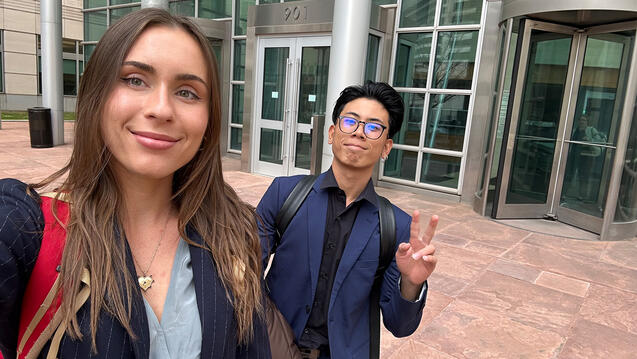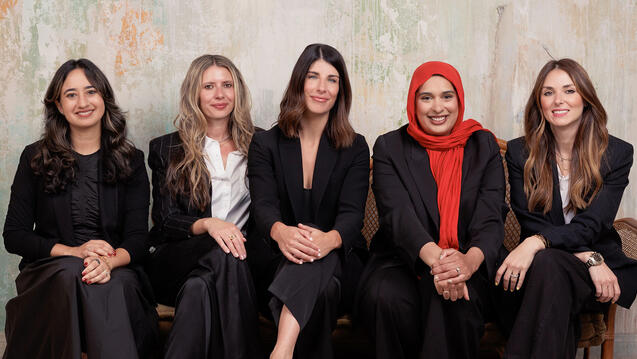Wielding Hope

I’ve always loved Superman. Especially as an anxious, unathletic 10-year-old with an unpronounceable name, buying armfuls of comics from the discount bin and reading them until the pages fell apart.
Superman fought to protect those who couldn’t protect themselves. He embodied the relentless pursuit of ideals in the face of insurmountable odds. Truth, justice, and the American way! Those concepts were glamorous fictions to a first-generation American whose parents hadn’t grown up steeped in a cultural mythology that romanticized the fight for what’s right.
For my parents, the ideals were work hard, keep your head down, don’t cause trouble. Most people share those. They’re good ones.
But not for lawyers.
Professor Travis ended my 1L torts class by giving each budding lawyer a small plastic key, telling us our skillset is a powerful tool and our task is to find the door it opens. “You have power,” she said. “Find the right way to use it.” I knew I wouldn’t do that by keeping my head down.
Still, it was easier said than done. My first few years as a lawyer were less “leaping tall buildings in a single bound” and more bounding headlong into the sides of those buildings. I learned fast that no case goes smoothly. Opponents move to dismiss, depositions go sideways, evidence undermines the case, and legal barriers loom large. But fly hard enough into any wall, and eventually you’re bound to break through.
Over nearly a decade of practice, I’ve increasingly embraced the barriers, focusing my practice on the “impossible” cases—where the injustice is obvious but the means to redress are not. Some involve huge numbers of people harmed in the same way, like a nationwide class action involving an energy drink that actually contained an opioid. Others involve issues of first impression, like arguing that certain gig workers were exempt from forced arbitration because their work put them in the same category as railroad workers from the early 1900s.
Sometimes these cases require a pioneering use of brand new laws, like filing one of the very first lawsuits under California’s newly enacted Doxing Victims Recourse Act when a defendant publicly outed my pseudonymous clients’ identities in a sexual assault case. And sometimes they involve situations where the law seems to foreclose justice entirely—like the women with institutional abuse claims blocked by a decade-old statute of limitations, for whom we recovered millions of dollars and an apology.
You’d think that after seeing the myriad ways people are hurt and taken advantage of, I’d have grown cynical. Especially now, with the rule of law bending under political pressure and lawyers becoming targets of the system they’ve sworn to uphold.
Yet after nine years of “impossible” cases, I’ve learned that hope is more than a comic book ideal. It’s the currency of justice. It’s the IOU we give our clients for the torturous journey of protracted litigation. And to give it away to so many so often, it is a mathematical certainty that we keep a limitless supply.
Now other lawyers seek me out for the cases they can’t nail down: the tough situations, where something is clearly wrong, but they can’t figure out how to help. When I get those calls, I’m once again the kid flipping open his latest dog-eared comic book; but now I’m also the one on the cover. So I lean in. Embrace the impossible situations. Build the muscle memory. Take the hard case, make the stretch argument, and treat every setback as an opportunity to head in a better direction. Do it because that’s the best way to lawyer. More than that, do it so that when doors get slammed in the faces of the people who need us most, you can stand up and break them down.
It turns out the plastic key I got all those years ago wasn’t a key after all. It was a sledgehammer.


